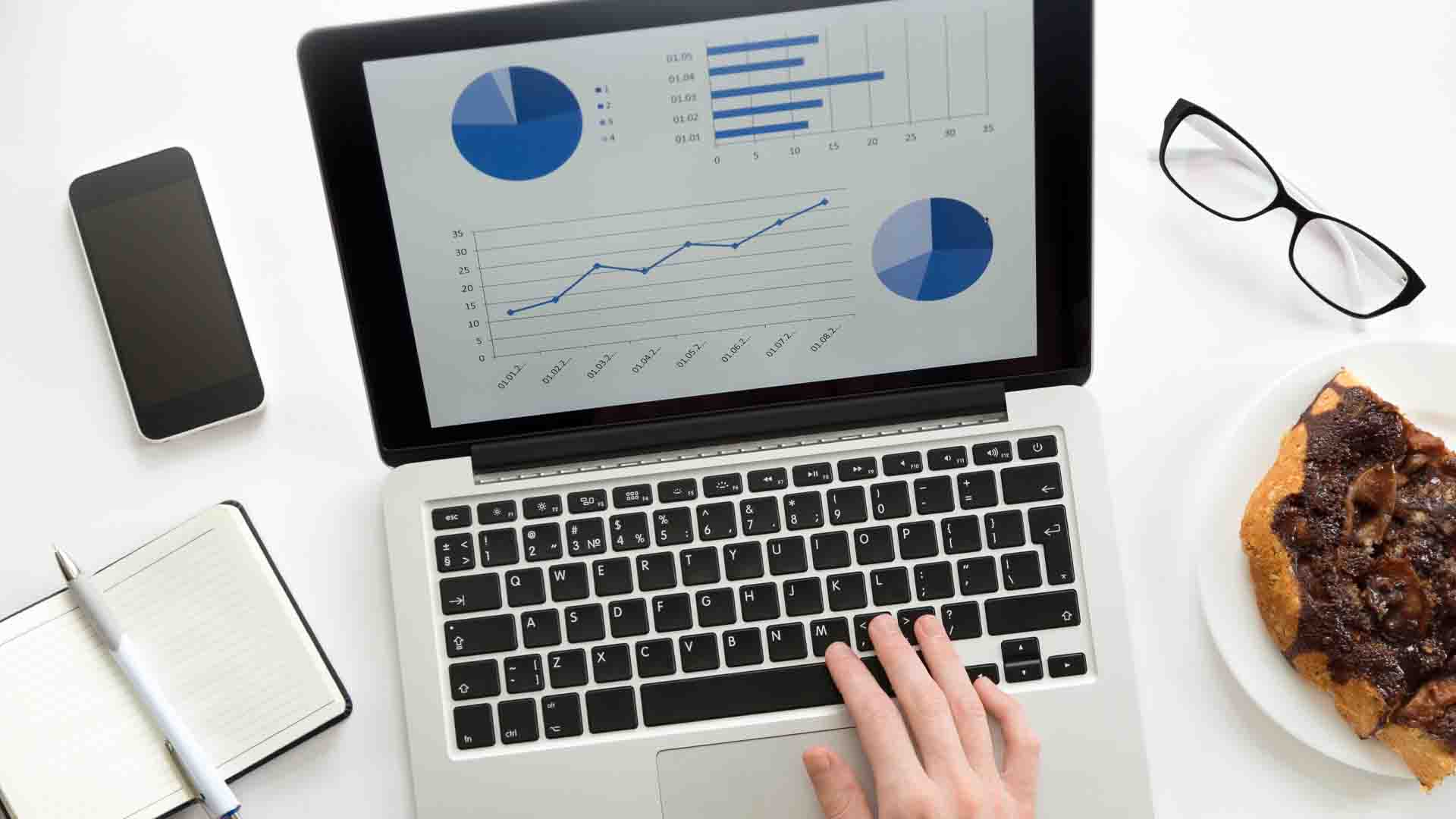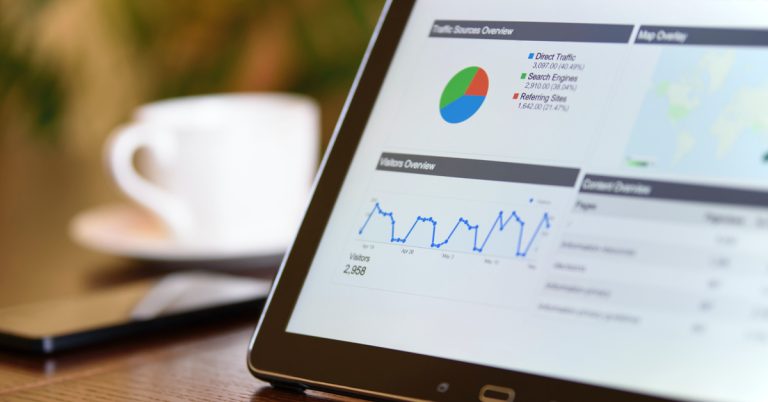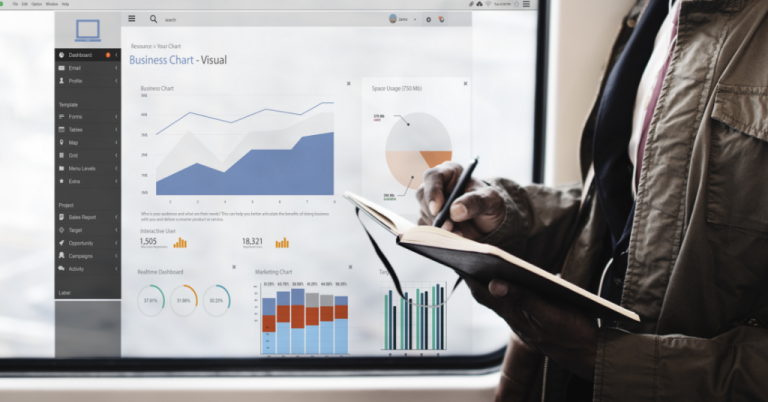Table of Contents
The data behind: Anticipate and understand demand from your target markets with intelligent data-driven marketing.
On average, U.S. households have 11 connected devices and consumers consistently engage through multiple touchpoints before making a purchase.
Easy access to transaction data, customer profiles and social media metrics present a plethora of opportunities for businesses to derive intelligence that can help optimize prices, predict change in demand and increase returns on investment.
What is retail analytics?

Retail analytics is the process of providing analytical data on inventory levels, supply chain movement, consumer demand, sales, etc. that are critical for marketing and procurement decisions.
In addition to providing detailed customer insights, retail analytics also arms organisations with insights into the business and processes with scope as well as need for improvement.
9 Reasons Why Retail Businesses Should Invest in Big Data Analytics

There are several advantages of using Data Analytics in the retail industry.
1. Targeted communication to customers
Personalization of services differentiates businesses from competition.
With the help of data analytics, retail companies can track data at all stages of the buying process.
They also capture the past purchases of the customer. This data helps target the customer with personalised communication which is 20% more effective than traditional marketing.
2. Price optimization
Predictive analysis helps a great deal in determining the rise and fall of demand.
It is through predictive analysis that businesses have found out that when the price of a product is gradually reduced from the time the demand subsides, the demand increases again.
Walmart has invested in the world’s largest private cloud network to track millions of transactions real-time on a daily basis.
[hbupro_banner id=”23071″]
3. Enhanced customer experience
Data analytics focuses on providing personalized attention to each customer – from helping choose a product to buying it. This experience strengthens customer loyalty.
Data analytics also enhances customer experience through analysing the products that customers buy together and giving them suggestions to buy a bundle of things at a discounted price.
For example, if a person buys a coffee mug, data analytics algorithms suggest the customer to buy coffee beans and a coffee machine too.
This helps retailers to increase their sales through cross selling, which in turn enhances customer satisfaction.
4. Trend prediction in the market
Most brands have end of season sales or festive sales because they have data that proves its worthiness.
Marketers use sentiment analysis that helps them analyse the sentiments of the market.
Sophisticated machine learning algorithms gather data to even predict the top selling products in a specific category.
5. Improved ROI
Retailers can use data analytics to find opportunities that have a high ROI.
Predictive analysis can help measure the response of people to marketing campaigns and to understand their willingness to buy a product.
6. Customer loyalty
Data analytics can help identify customers who are not engaging with your brand, who could be potential long-term customers and who will be frequent buyers in the future.
This helps the retailer to introduce customised offers and incentives that can engage and retain the customers.
7. Profitable store locations
Data analytics aids the retailer to find out places where people spend most of their time.
Analytics also provide intelligence on the demographics, their standard of living as well as the market conditions.
This helps a great deal in selecting areas, which are apt for operating their retail outlet and get maximum customers.
8. Demand prediction and inventory management
Data analytics can help retail companies understand the customers’ buying needs and focus on areas that have high demand.
The conclusion derived from data guides the companies to forecast the demand and accordingly manage the inventory.
9. Strategic and data driven decision making
Companies rely on data to take informed business decisions using a single and trusted source of information about all their products and customers.
[hbupro_banner id=”23072″]
Must–have features in a retail analytics tool

Retail analytics software collects data ranging from pricing information, stock levels, catalogue assortments, discounts and much more.
This information is then stored and collated into databases where it is processed to record and track trends and patterns.
From this data, there is a huge breadth of intelligence that can be extracted, allowing you to make data-driven decisions.
But what exactly should you be looking for in a retail analytics tool?
1. Ability to drill down into the customer behaviour data
Having the ability to track data at all stages – from supply chain metrics, merchandising and catalogue assortment, all the way to retail pricing and discounting – enables stakeholders to make informed decisions at the right time.
Knowledge on where products are and which are selling through (or not) allows retailers to act quickly and make informed data driven decisions.
2. Onsite recommendations and cross-sell suggestions
As shoppers proceed through an online store, the recommendation engine serves up items that might be of interest to them based on their browsing history and trends in the analytics platform.
An efficient tool should be able to deploy various strategies including product-bundling and discounting to maximize product up-selling and cross-selling effectiveness.
3. Action triggers and alerts
A retail analytics tool can help automate the process of dynamically setting pricing and product assortments across categories in real-time helping save time and effort, while also optimizing pricing updates.
4. Real-time competitor pricing benchmark
Benchmarking your pricing against your competitors in real-time will help you make swift and effective changes to pricing strategy.
This removes the burden of lengthy, manual researching of your competitors’ pricing, a process which often delays actions and ultimately renders your repricing effort ineffective.
Retail analytics and forecasting the path forward

According to a recent study conducted by IBM’s Institute for Business Value, “Sixty-two percent of retailers report that the use of information (including big data in retail) and analytics is creating a competitive advantage for their organizations”.
It is also reported that the global retail analytics market size is expected to surpass USD 16 billion by 2025, at a CAGR of ~22%.
Improving efficiency, supporting customers and predicting changes and outcomes are the three fastest-growing use cases arising from the challenges of COVID-19, according to the State of BI & Analytics report.
Businesses armed with a modern data strategy, clear KPIs and well-modelled dashboards will navigate shifts in the market more efficiently than others.
And the most successful retailers have their KPI dashboard locked and loaded for the unpredictable months ahead.
[wd_hustle id=”8″ type=”embedded”/]














